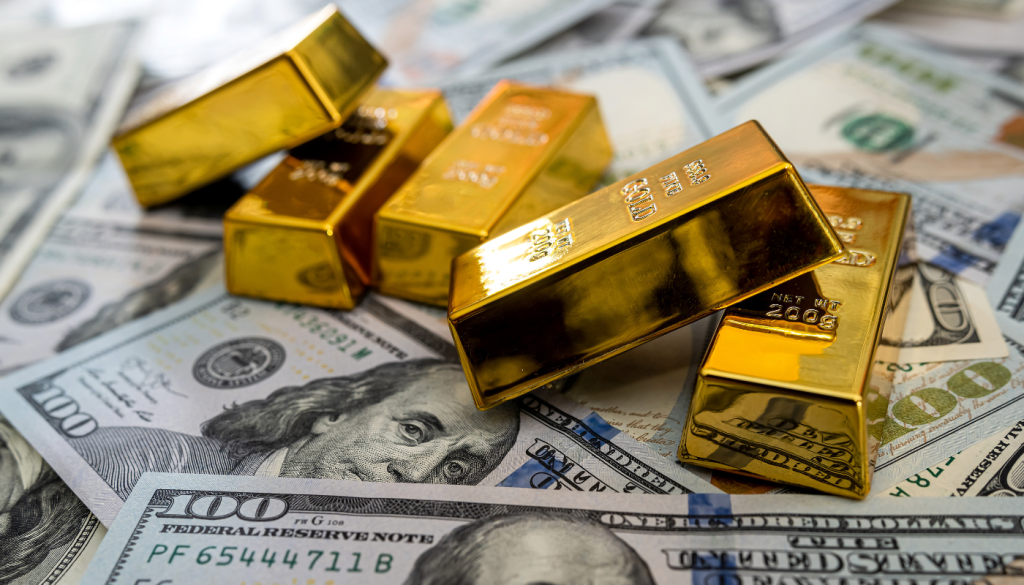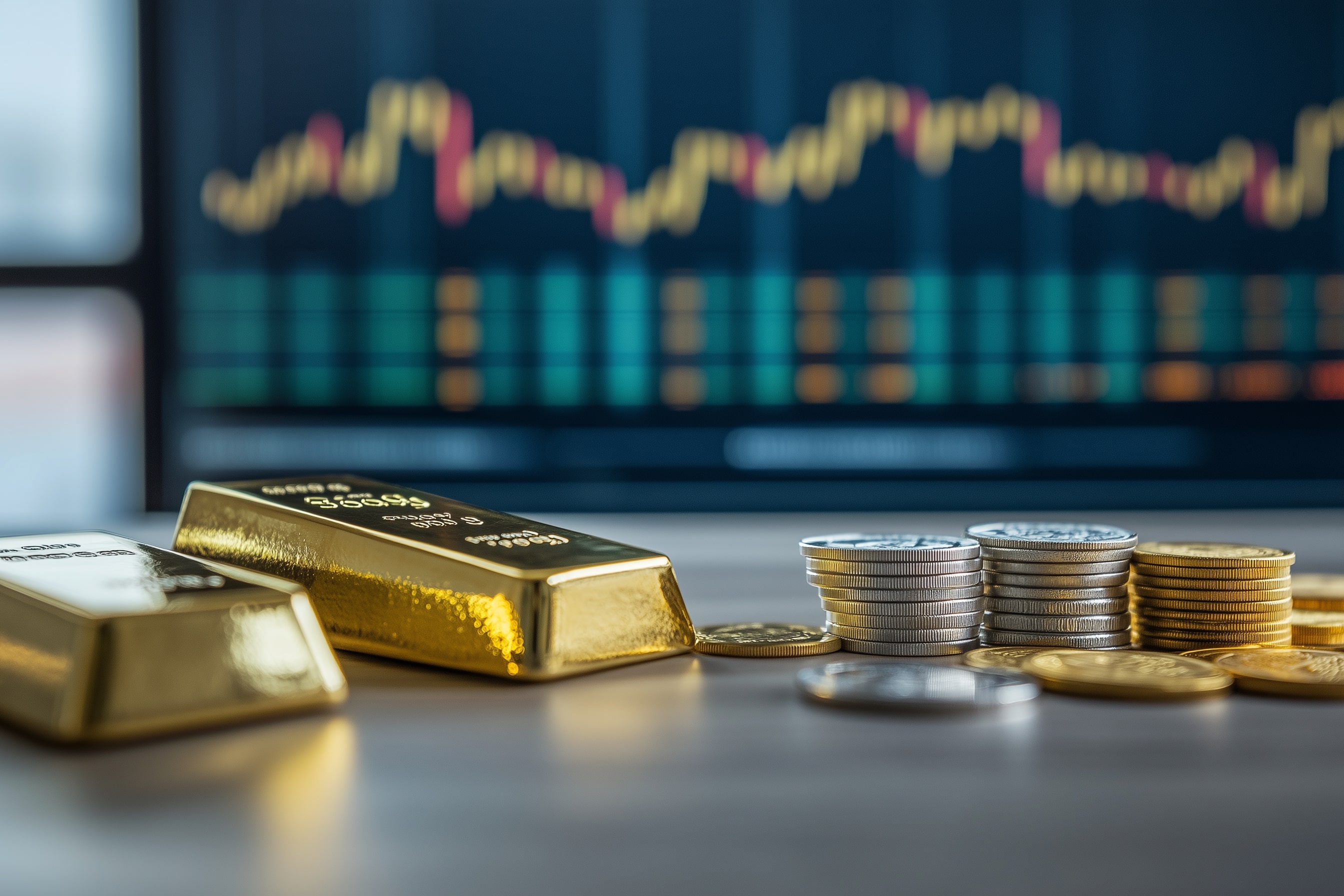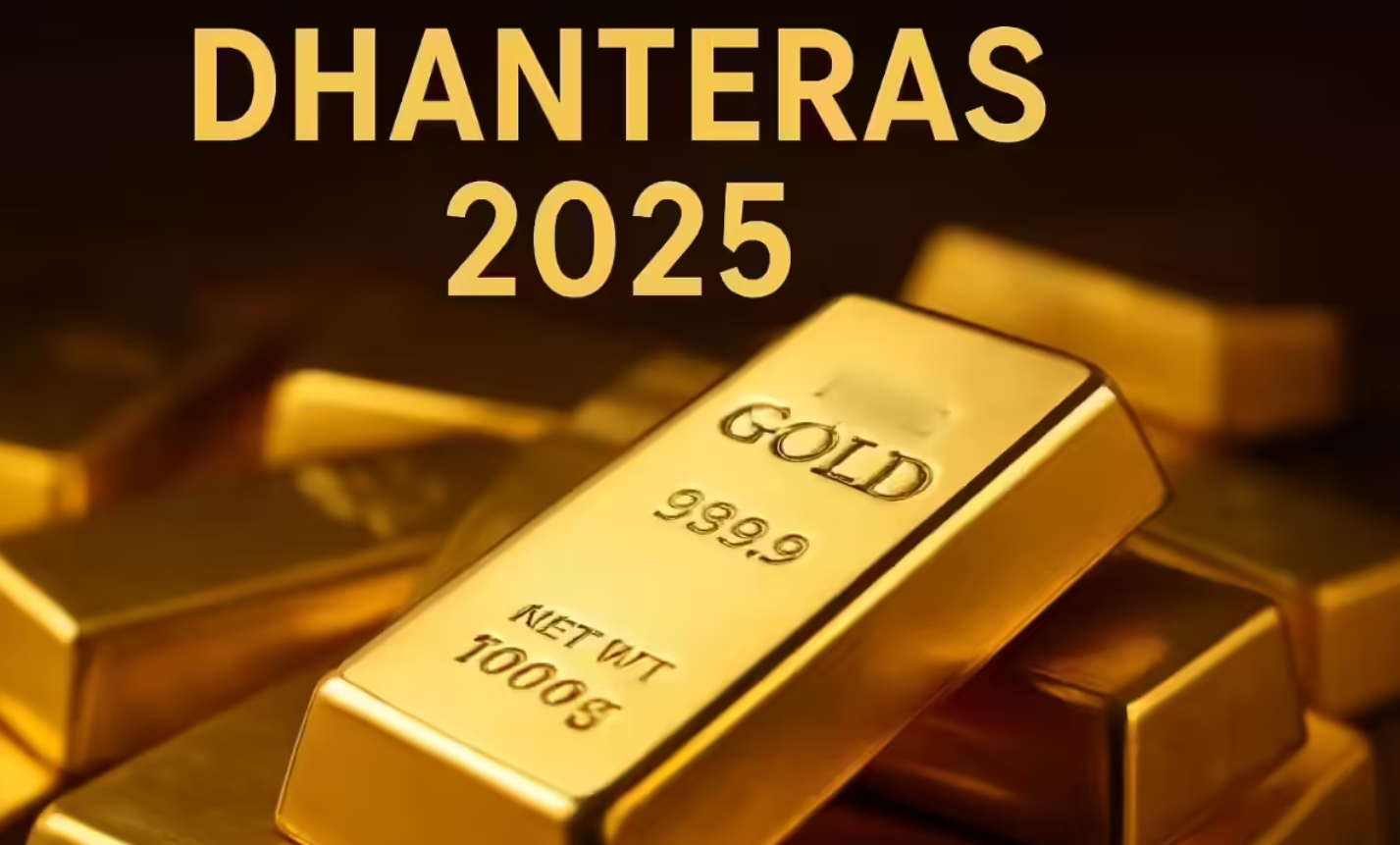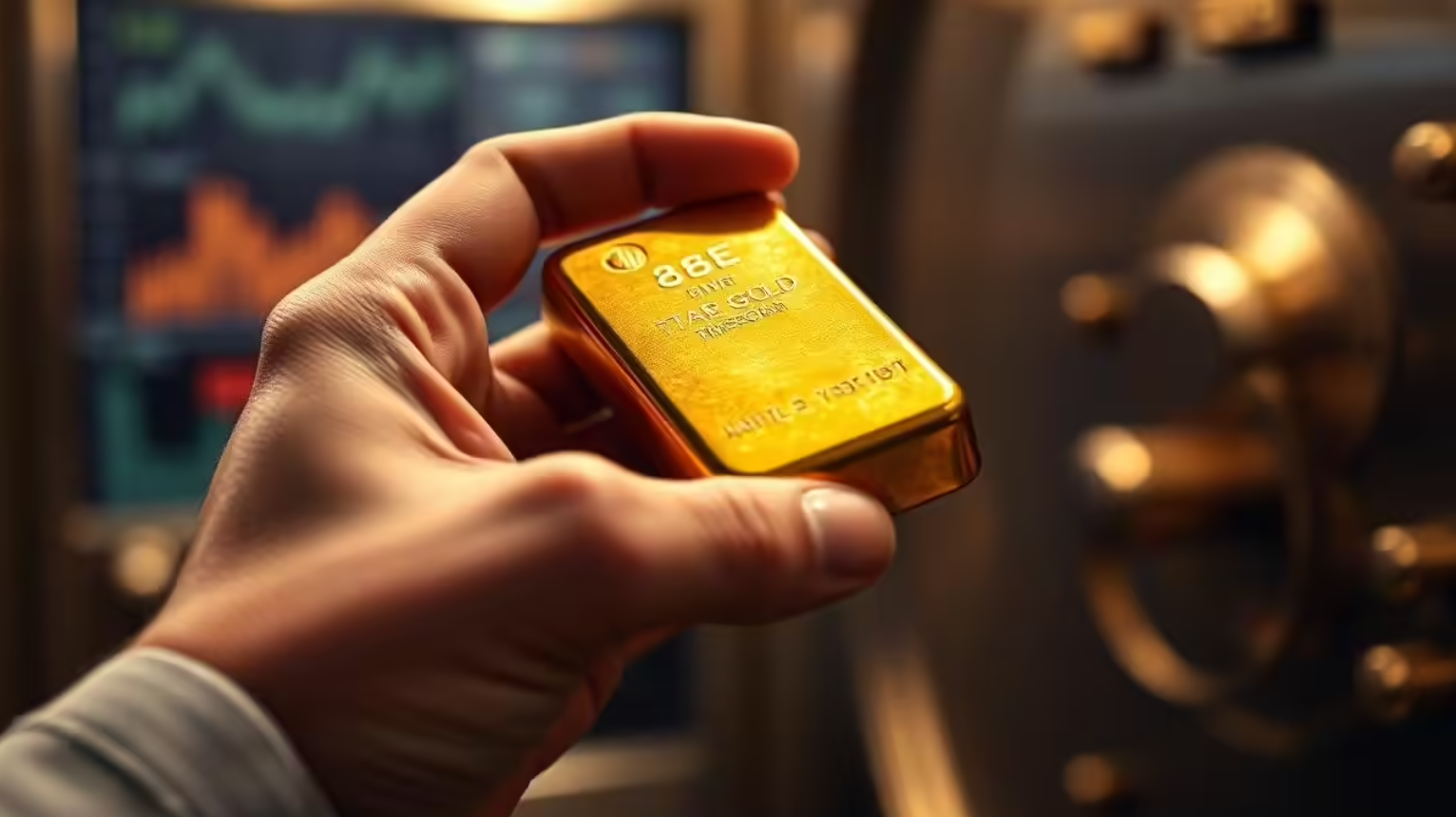Gold prices, which had seen a strong rise earlier this year, are now witnessing a period of stagnation as several macroeconomic and geopolitical factors have begun to weigh heavily on the precious metal’s appeal. With ongoing developments surrounding global trade tensions and a stronger dollar, the upside for gold appears to be capped in the short term.

In 2025, gold had rallied more than 25 percent, driven largely by escalating concerns over the fiscal health of the United States and the turbulence in global trade relations. These factors had made gold a preferred choice among investors looking for a safe haven. However, the recent extension of tariff deadlines by former US President Donald Trump has shifted investor expectations. The administration’s decision to postpone the implementation of new tariffs from July 9 to August 1 has created a window of uncertainty. While this delay offers countries more time to negotiate, it has also given strength to the US dollar, which typically moves in the opposite direction to gold.
As investors flock to the dollar amidst trade talks and economic unease, the rising dollar index has exerted downward pressure on gold prices. The index currently hovers near 97.5, which, while lower than its level a year ago, still reflects a stable dollar environment. Experts believe that any sustained weakness in the dollar could help gold prices recover, but for now, strength in the greenback remains a major headwind.
Interest rates are another critical factor. With the latest US jobs report easing fears of a slowing economy, expectations of a rate cut by the Federal Reserve have diminished. Since gold does not yield interest, higher interest rates tend to make it less attractive relative to other income generating assets. As a result, any sign of the Fed holding or increasing rates adds to the pressure on gold prices.
Despite these short term setbacks, there remains a positive outlook for gold in the long run. Central banks across the world have continued to build their gold reserves at a record pace. In May alone, global central banks added nearly 20 tonnes to their holdings. While exchange traded funds have seen a modest outflow of gold during the same period, the actions of central banks signal a deeper trust in the metal as a hedge against future instability.

Why are central banks doubling down on gold? According to experts, during times of financial volatility and uncertain inflationary trends, gold continues to be one of the most reliable stores of value. As fiat currencies fluctuate and often lose purchasing power, gold typically retains or even gains value. This makes it a critical asset for countries looking to protect their national wealth.
In India, gold prices have remained relatively steady around Rs 97,000 per ten grams. Internationally, the yellow metal is currently trading in a tight range between 3270 to 3420 dollars per ounce. Analysts observe that this consolidation phase has extended into its twelfth consecutive week, showing how the market is waiting for a significant trigger, possibly from the trade front or global interest rate decisions.
Amid all this, experts advise that gold should not be written off. In periods of heightened geopolitical risk or if global trade negotiations falter, the precious metal could see another wave of bullish sentiment. Its traditional role as a wealth protector ensures that investors will continue to watch it closely.
For continued updates on gold, currency trends, and investment opportunities, follow You Finance on Instagram and Facebook. Stay informed, stay ahead with You Finance.















